Xunpu village is a historically significant fishing village on the bank of the lower reaches of the Jinjiang River in Quanzhou Bay. It has become famous for its traditional houses built predominantly from oyster shells in the late Song dynasty (960—1279) and early Yuan dynasty (1271—1368).
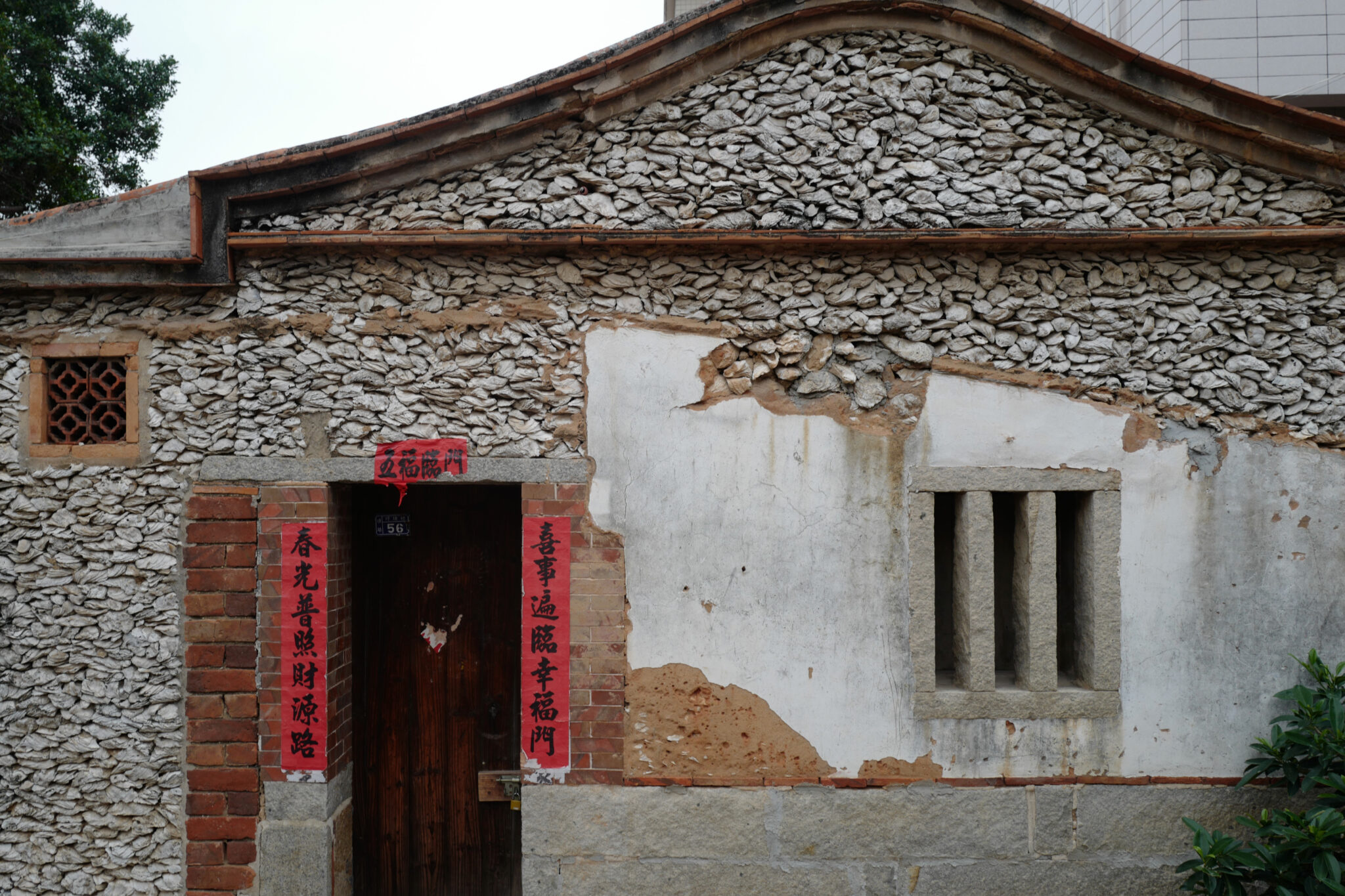
At that time, Quanzhou was an important port for trade along the Maritime Silk Roads. Merchant ships loaded with tea, silk and porcelain set sail from Xunpu and after offloading their cargo in places as far away as the east coast of Africa the empty hold would create an unstable centre of gravity. Therefore, the crew used oyster shells found on the beach as ballast to prevent capsizing.
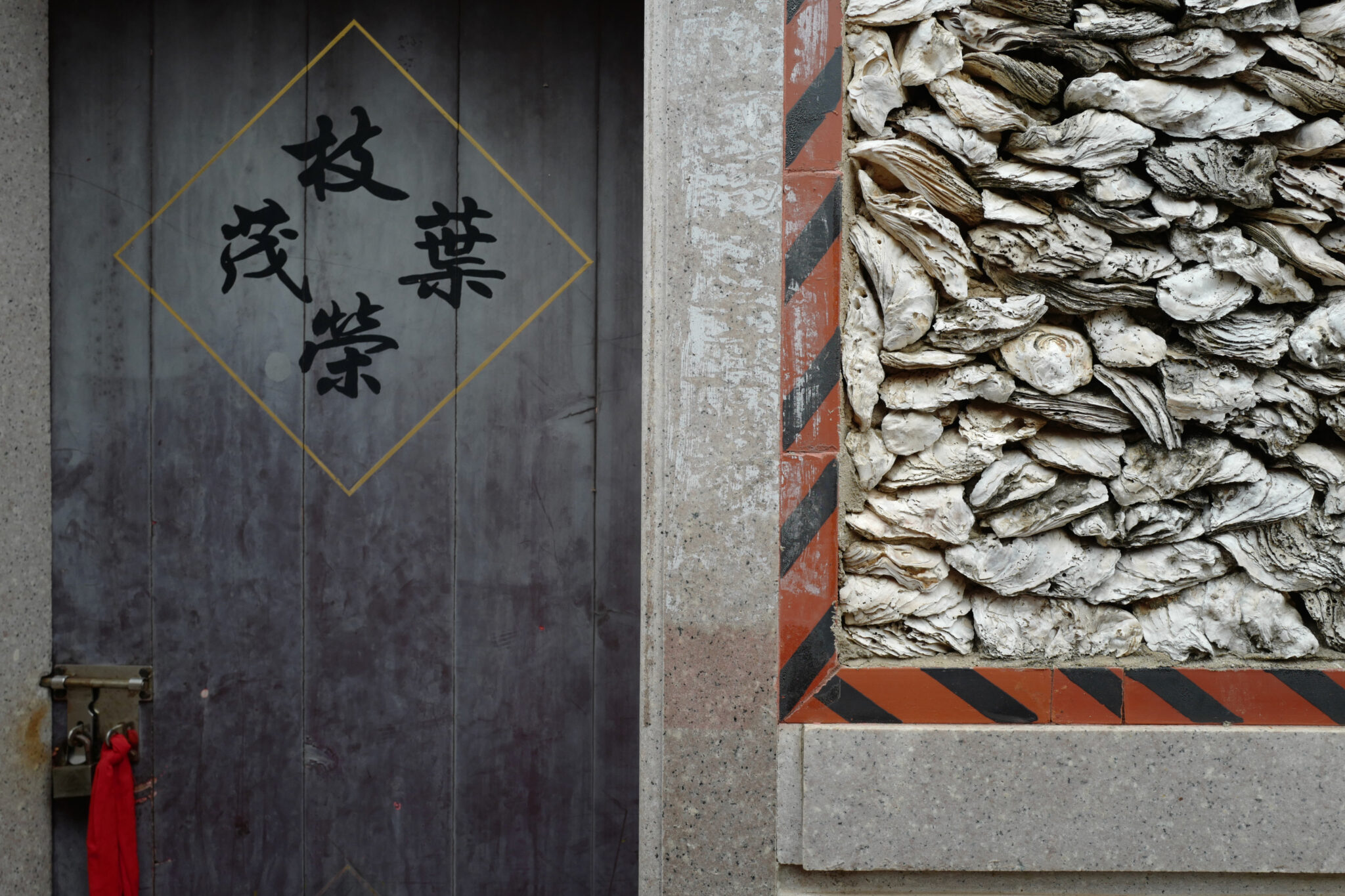
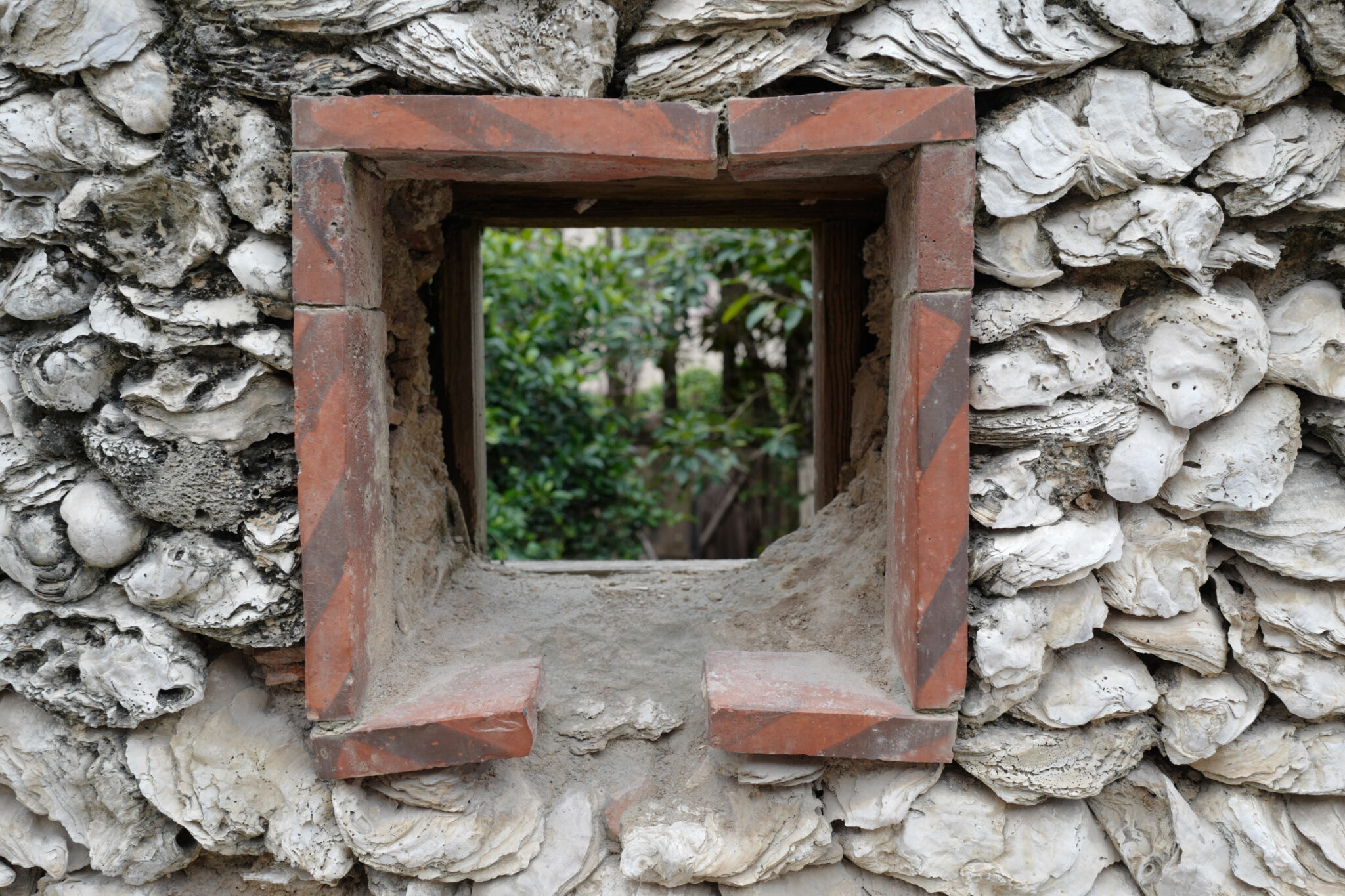
These shells then made their way back to Quanzhou where they were stacked together with mud in order to form the walls of the traditional buildings called héké cuò / ô-khak chhò (蚵壳厝).
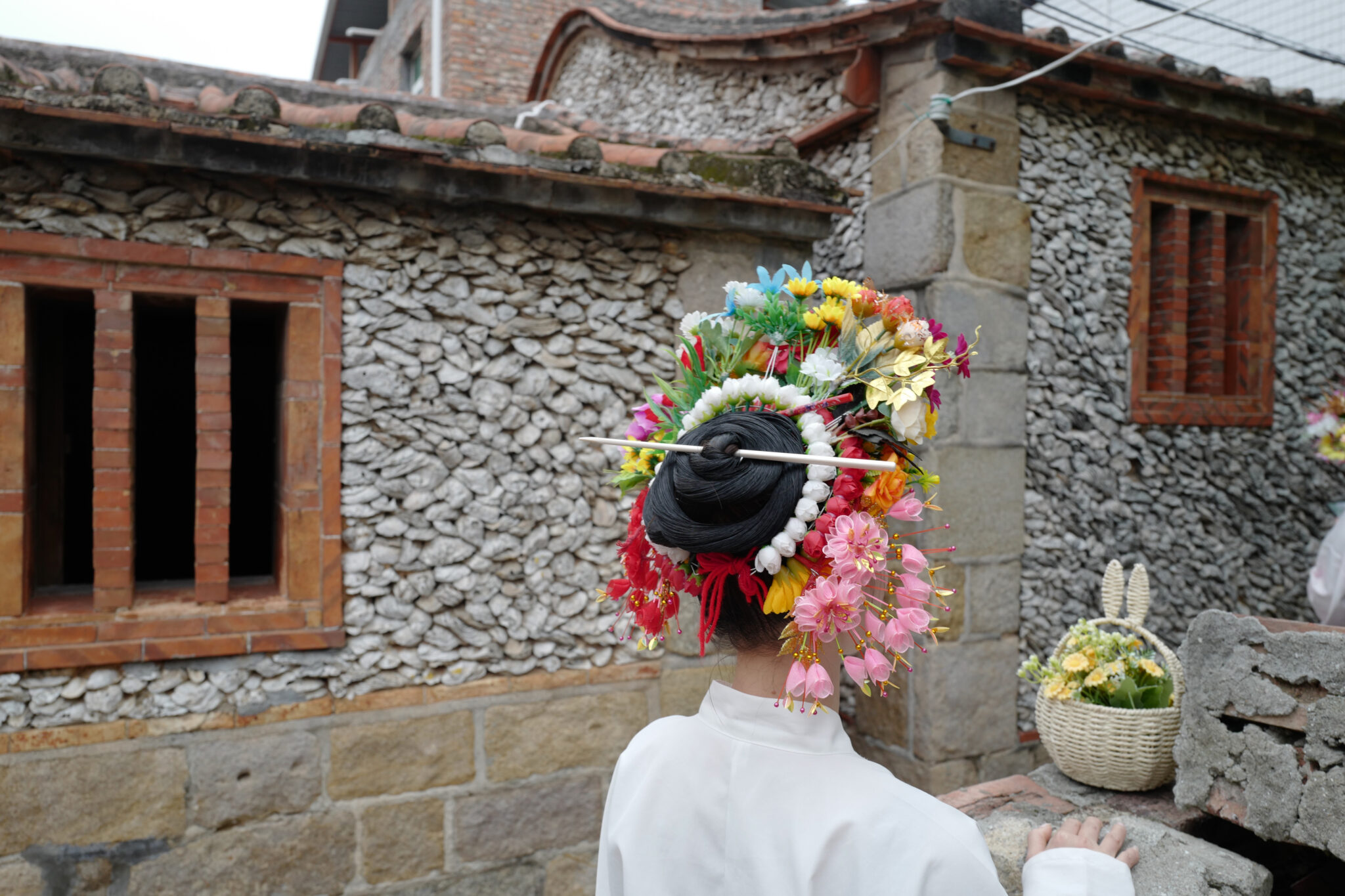
Xunpu’s female villagers don traditional pink floral tunics with buttons to the left and loose black trousers, tie their hair in a chignon and decorate it with colourful flower garlands called zanhuawei / chiām-hoa-ûi (簪花围). The flowers are said to have originated from Arabic countries.
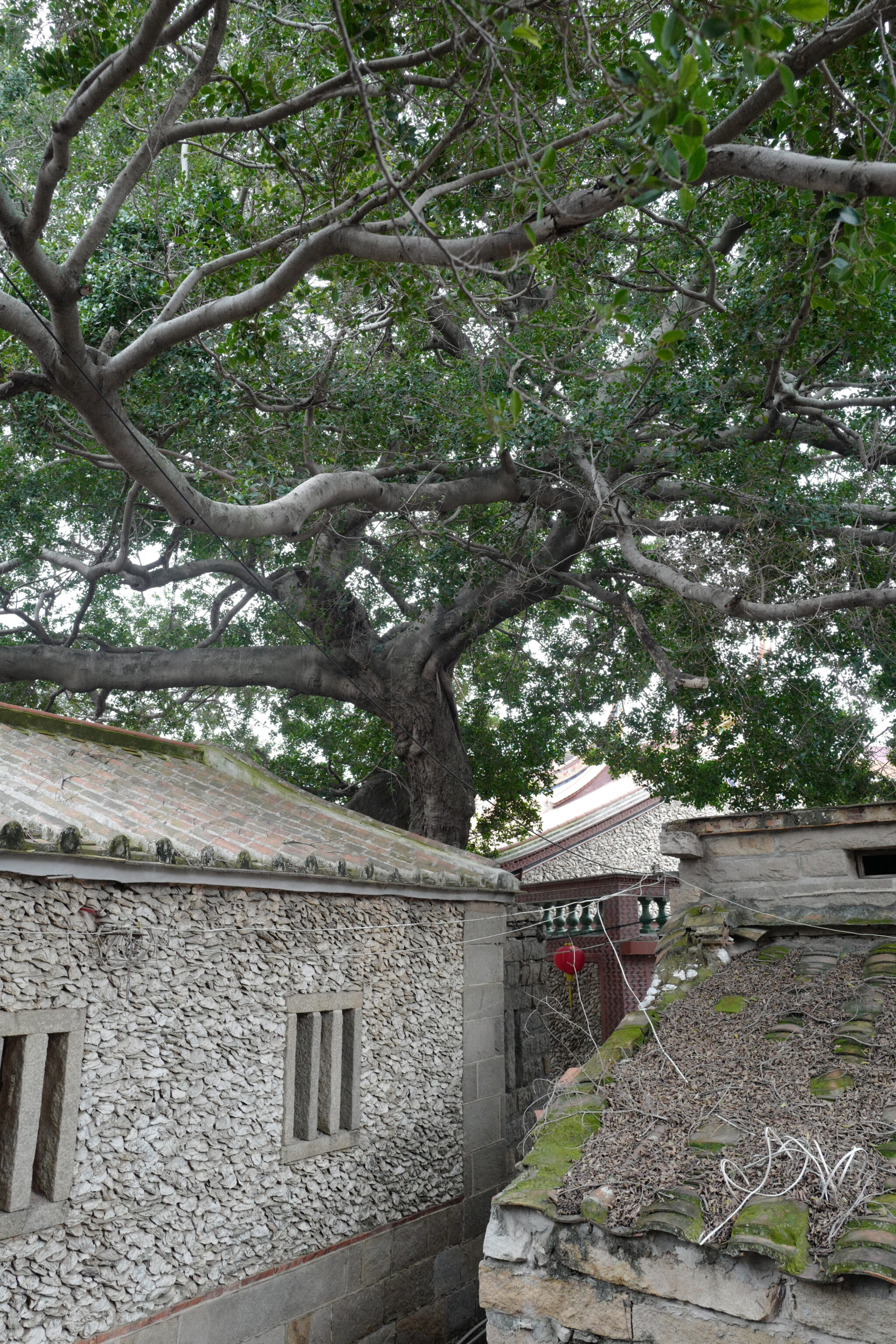

The village is quite well preserved, though it is hard to tell how many of the houses are original. It’s become a popular destination for domestic tourists to dress up and take photos in front of the oyster shell houses.
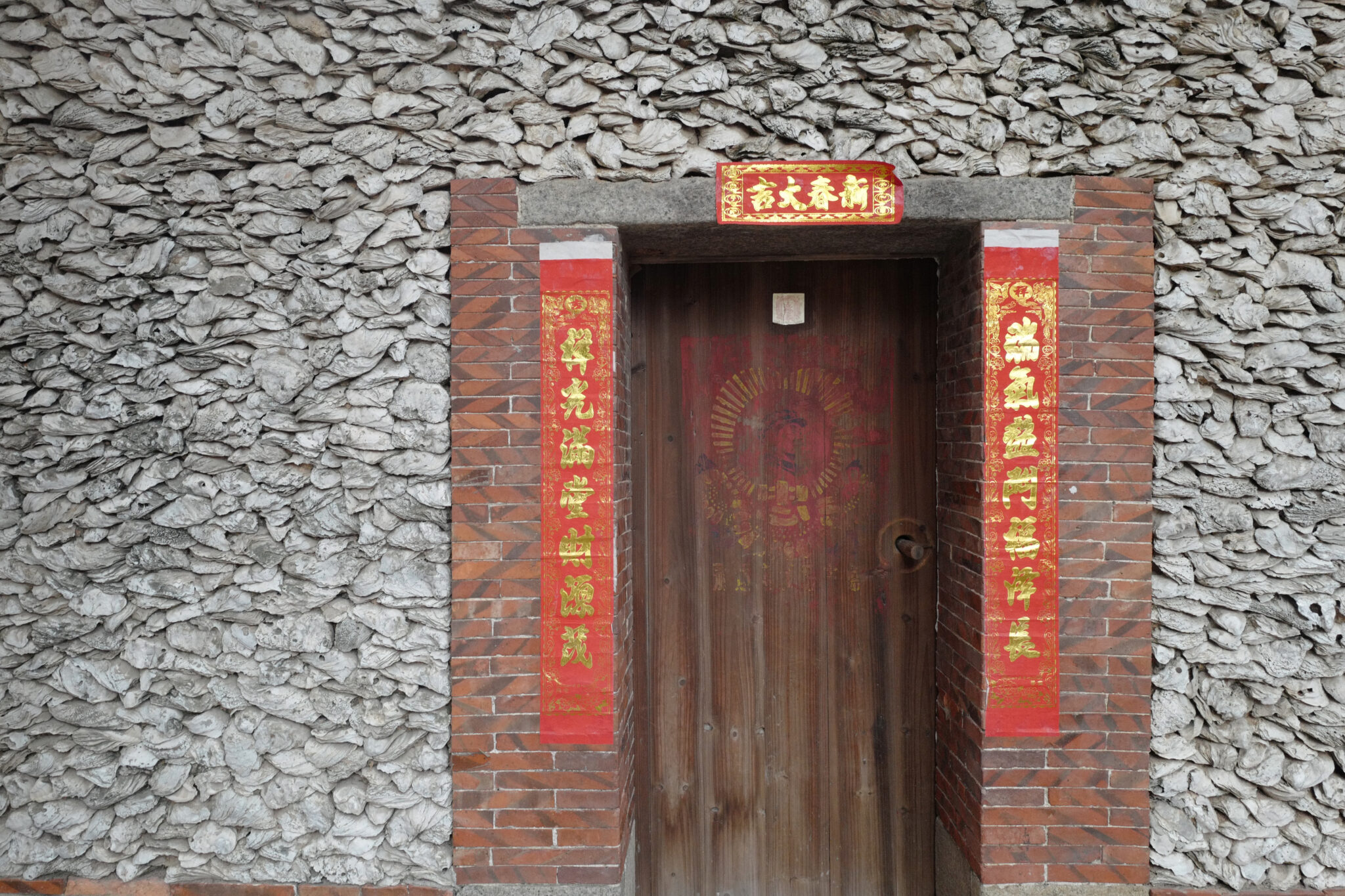

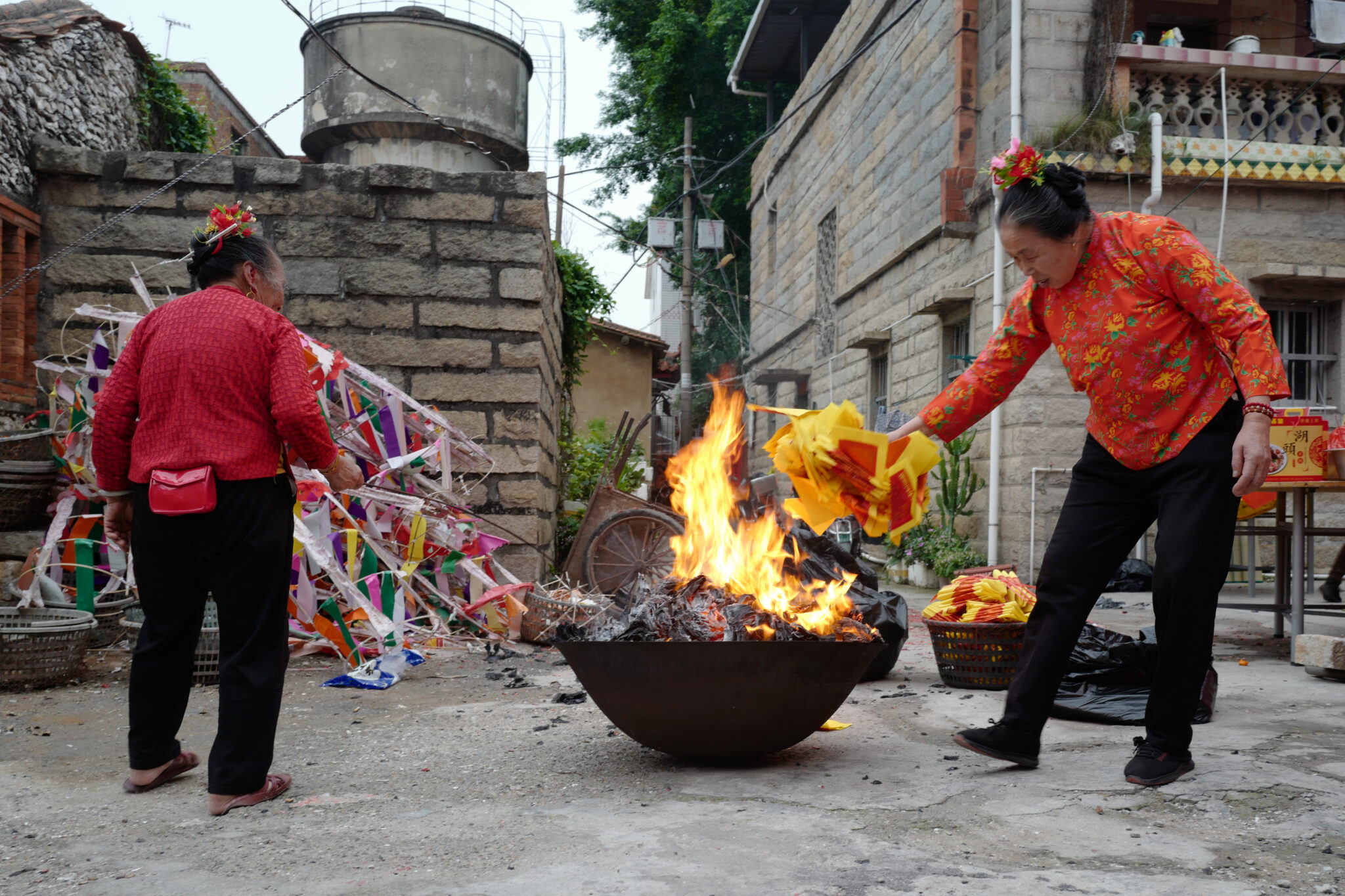
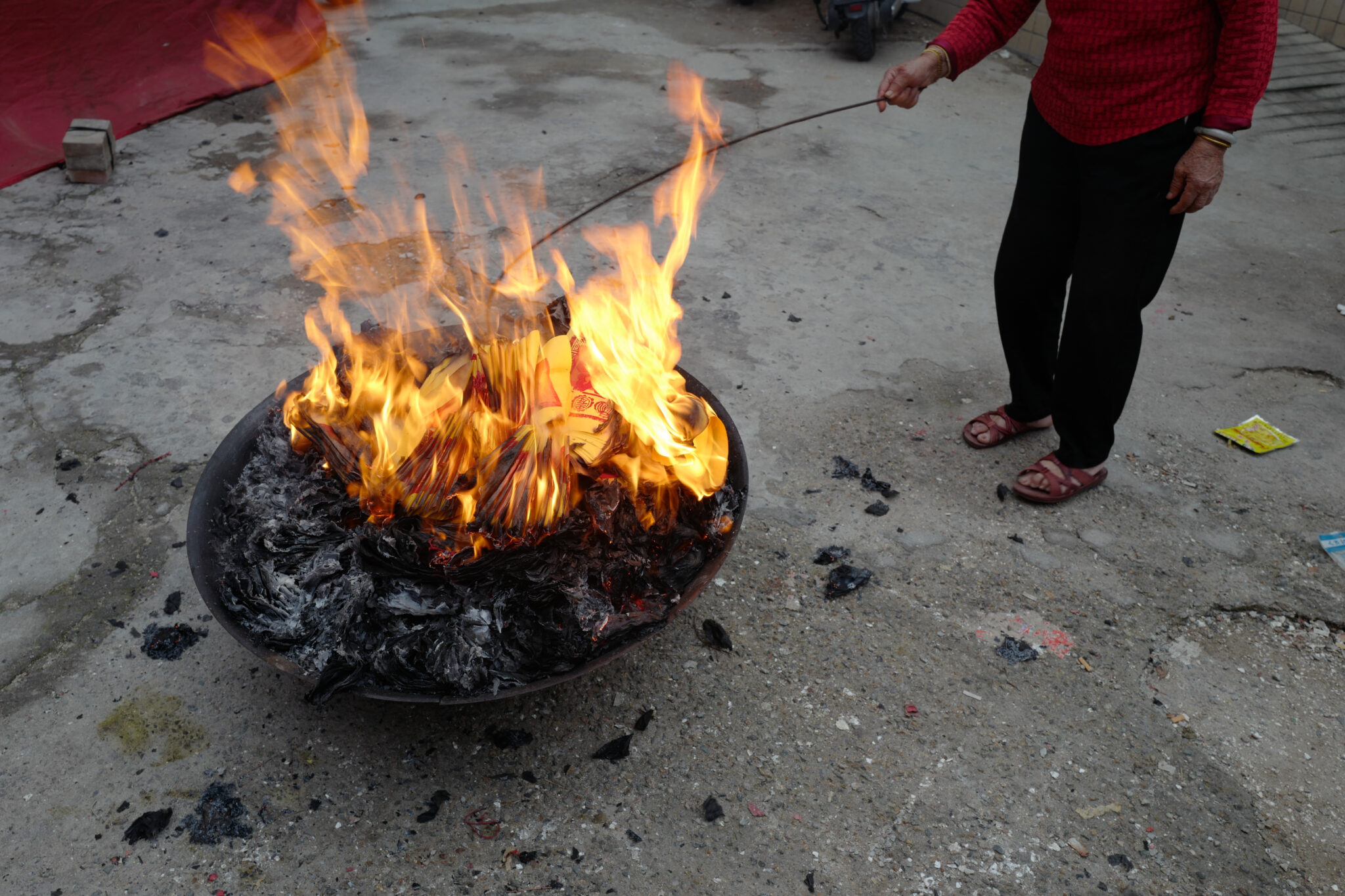
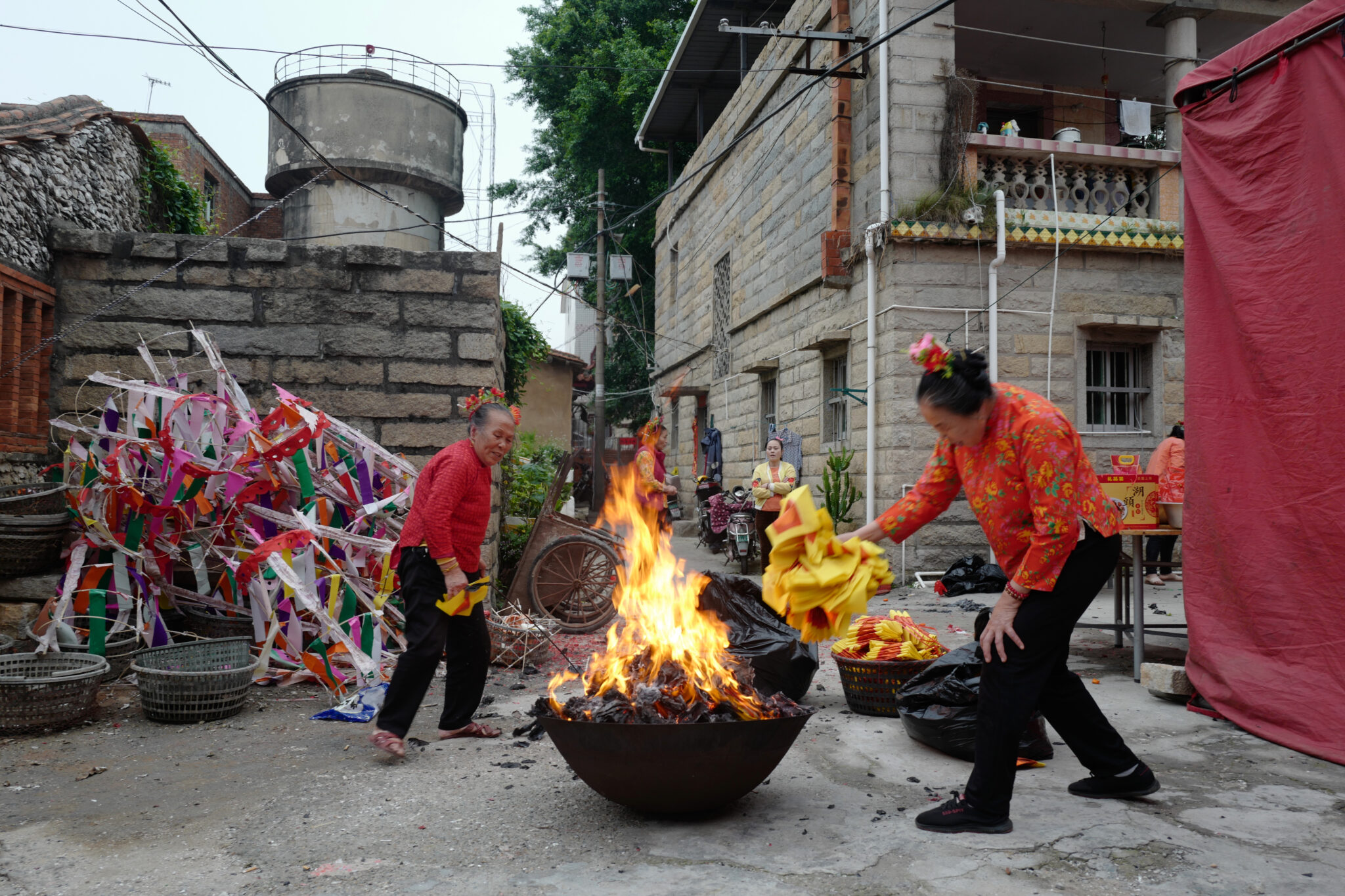
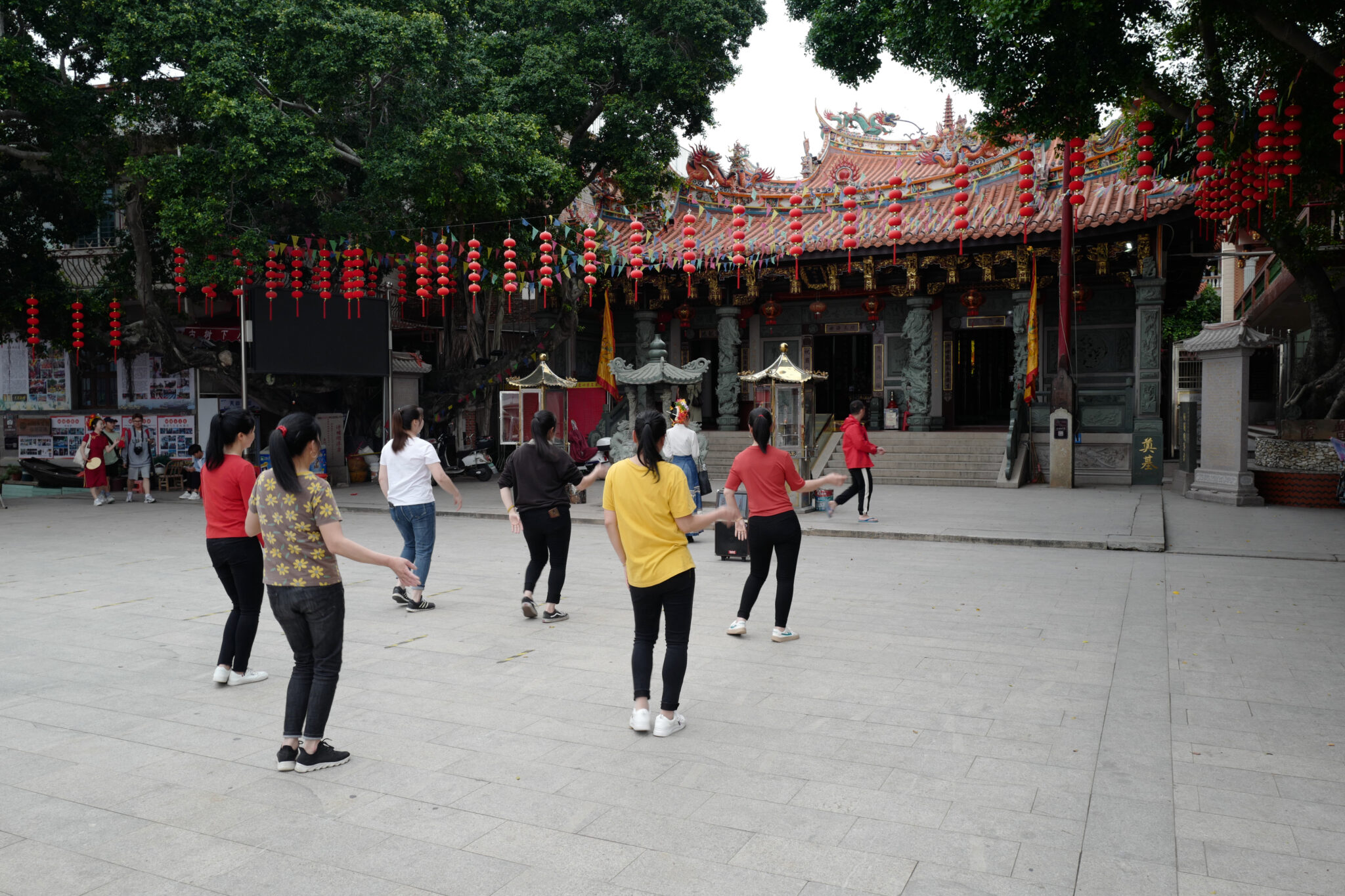
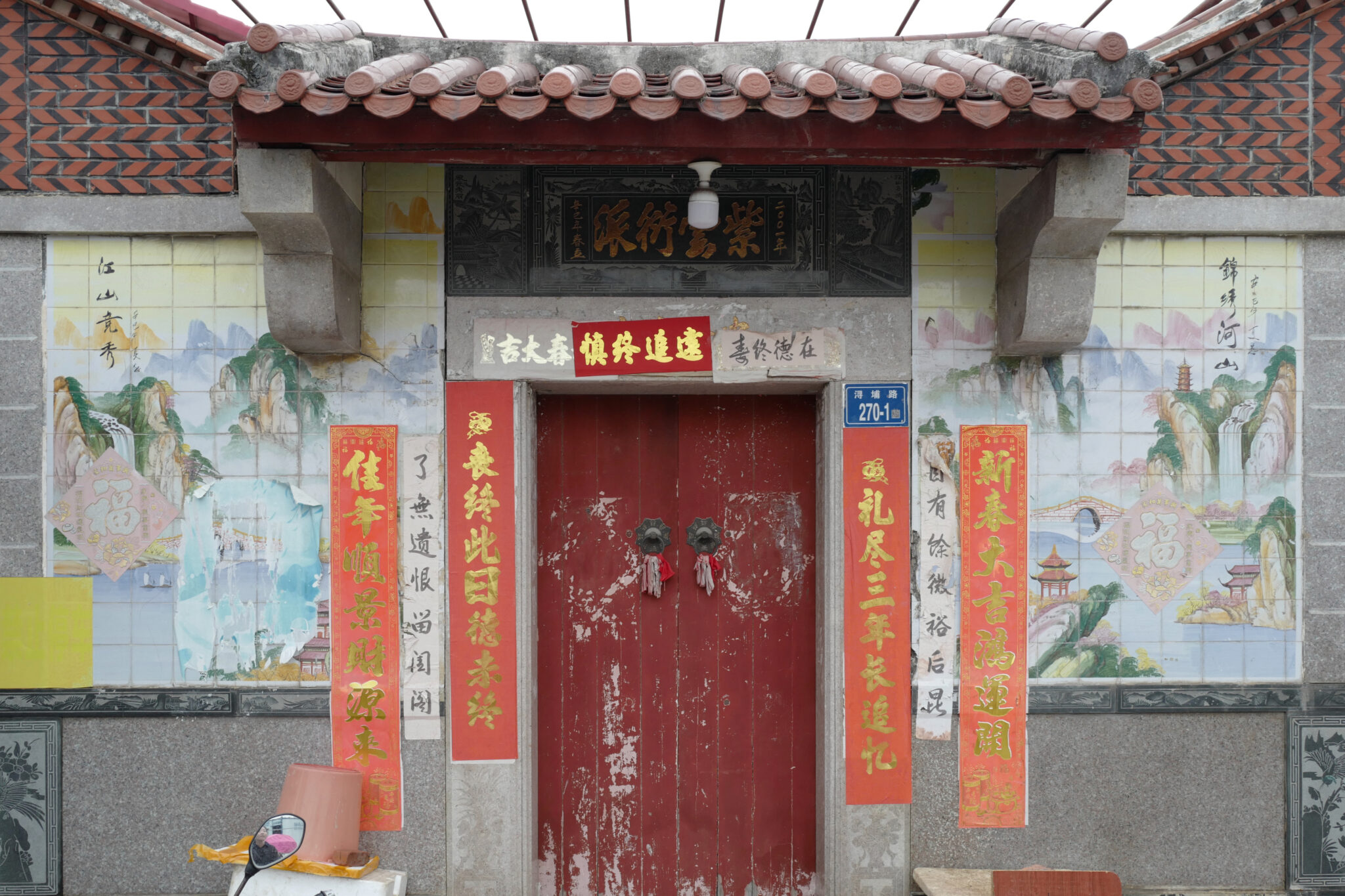
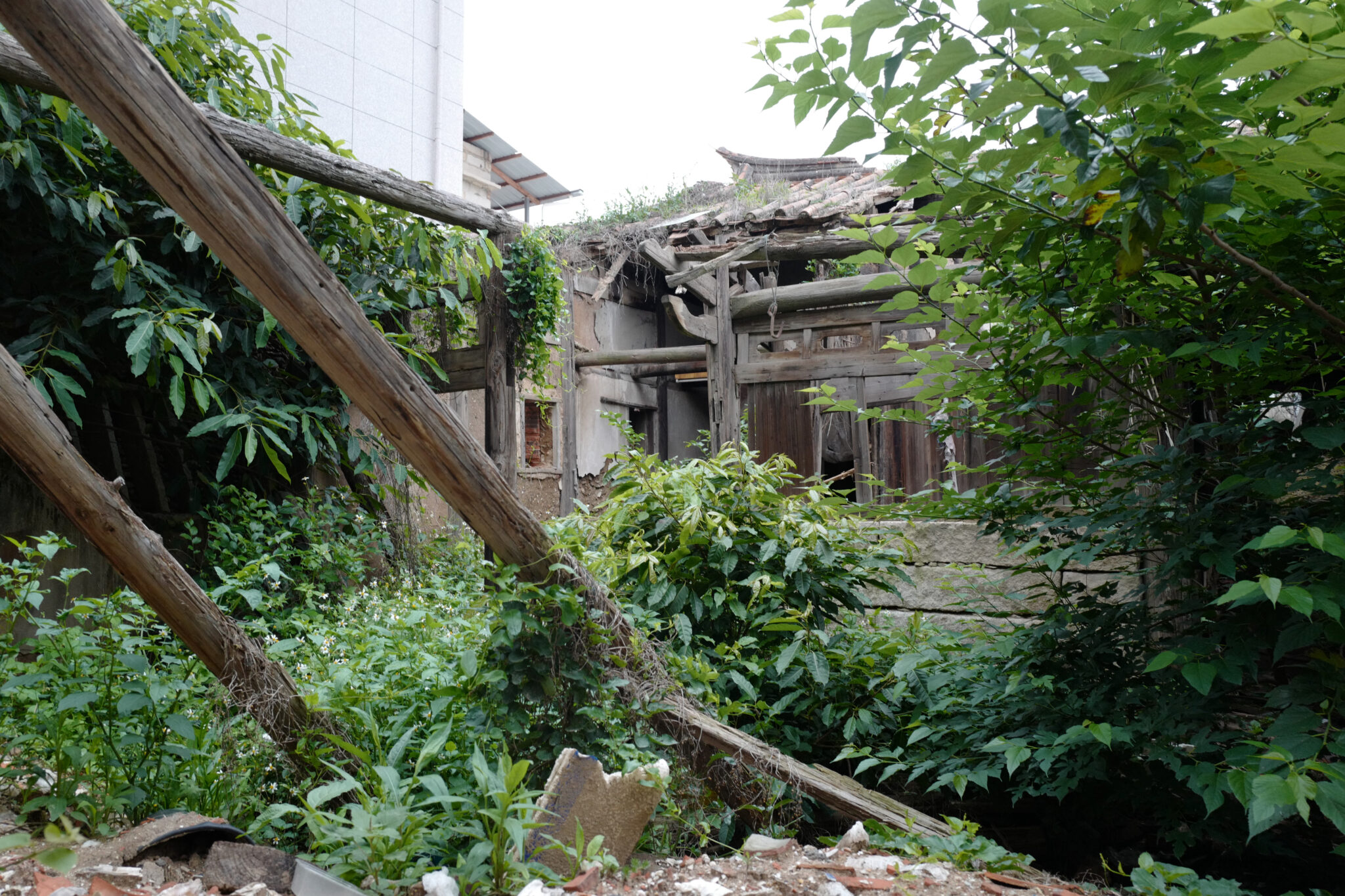
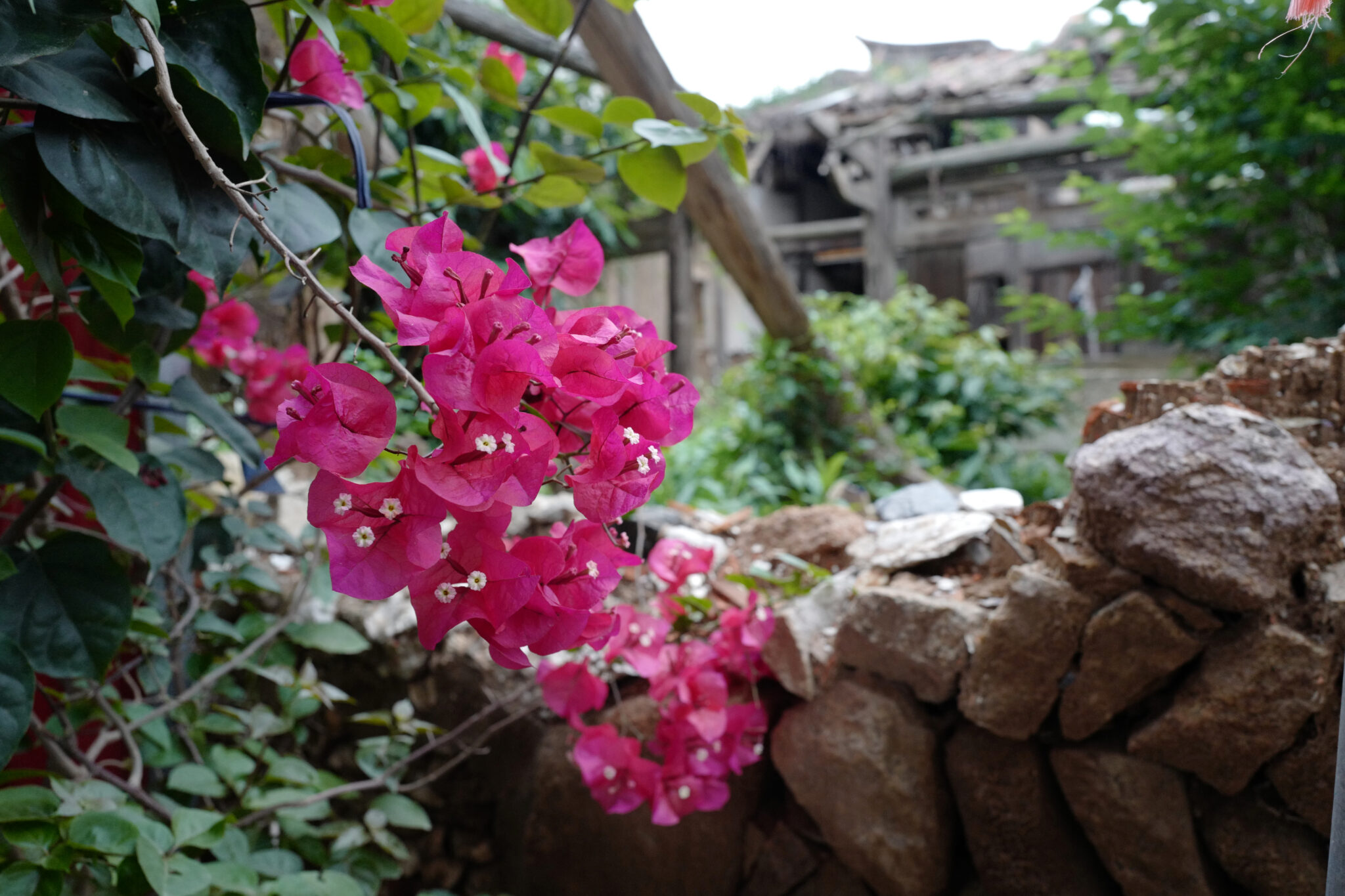

Xunpu village is 10 km southeast of Quanzhou city centre and is well worth a half-day trip.


Reply